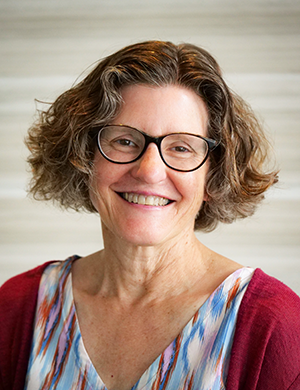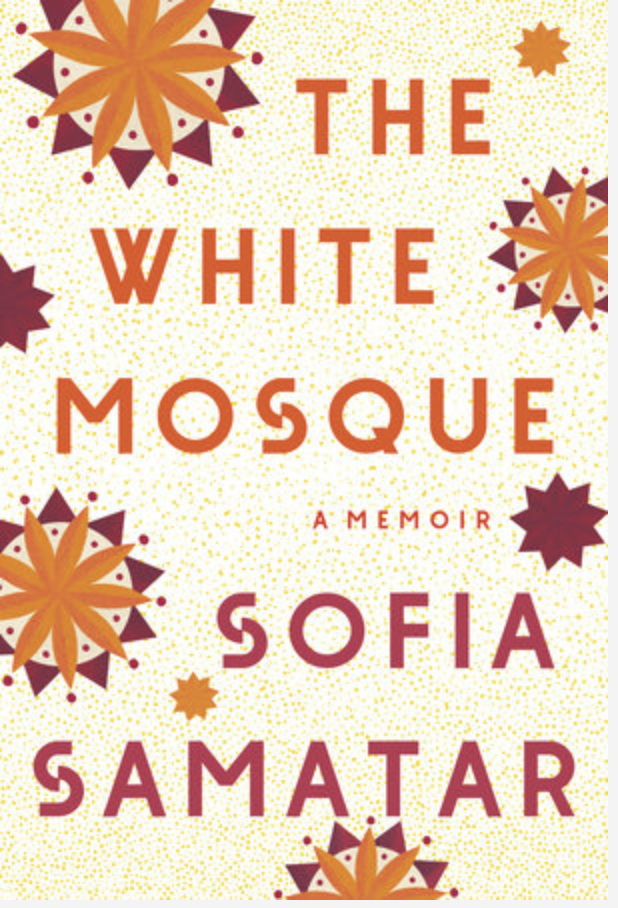
February 6thGod’s work in our “Footnotes”
The image of “footnote” may evoke fascination for some and distraction for others! Some of us love the additional details found in footnotes, and some of us might see footnotes as a distraction from the big picture a writer is trying to create. I often respond to footnotes as a distraction, but have had some recent experiences that have made me reconsider the power of Footnotes.
Today, as I am writing this, it is Martin Luther King day in the United States. I remember attending a workshop on leadership that explored the constellation of people who were all working on the Civil Rights front during the 1950s and ‘60s, enabling a figure such as Martin Luther King Jr. to emerge as the face of the movement. In many ways, these unsung leaders have been treated as footnotes in our story-telling of the Civil rights movement, and yet were so significant in the web of intersecting leaders who made the Civil Rights movement so deep and powerful. Ella Baker is such a leader – a less known figure in the Civil Rights movement, honoured in song by Sweet Honey in the Rock. When we remember all the roles played in creating such a movement, we can imagine ourselves contributing to justice. When we see someone like MLK as our standard, we may opt out of the role God has in mind for us in bringing about justice rooted in love in our world.
A recent “Footnote” experience I had was reading the book by Sofia Samatar, “The White Mosque.” Sofia Samatar is a Mennonite whose family history includes the Somali tradition through her father, and the Swiss Mennonite tradition through her mother. “The White Mosque” is Sofia’s memoir, ebbing and flowing through the footnote story she first learned about from her high school textbook on Mennonite history while she attended Lancaster Mennonite School. Within the broad strokes of a high school history telling, was a reference to the story of one Claas Epp, and his trek from the Mennonite colonies of Russia to Uzbekistan. The motley group of Russian Mennonites that followed him were hoping to witness what they understood to be the impending Rapture which, according to Epp, would happen on March 8, 1889. Things didn’t quite go as planned, but the group established a small Mennonite-Christian village in what was otherwise a Muslim population in Khanate of Khiva, Uzbekistan. The beauty of this story is that the local Muslims welcomed the Mennonites with open arms, to the point of sharing their White Mosque with them as a place of worship. The cultural exchange didn’t end there. One of the Mennonite community members, Wilhelm Penner, was instrumental in introducing the art of photography into the region, which led to a unique Uzbek style of both photography and cinematography. This led me to view “The Daughter-in-law” (1972) by film director Khodzhakuli Narliev, which is in the style whose origins go back to Penner. This film, available on Youtube, shows the landscape and culture that the Russian Mennonites would have adapted to a hundred years ago. There must have been so much strength of adaptation in the Mennonites who made this incredible geographical and cultural journey.

Another “footnote experience” I had recently was joining a community viewing of the Netflix movie “Farha” organized by the Palestinian Cultural Association of Edmonton and the Muslim MAC Centre at McDougal United Church. Our time together opened with a beautiful Quranic recitation and an opening prayer that included these words: “Allah [God], Increase our knowledge of ourselves to curiosity about others… Make us of those allies of the oppressed, make us of those who draw strength from our traditions and honour our shared histories.” According to Wikipedia, “the film is based on a true story recounted to [the director’s] mother by a friend, living as a refugee in Syria, about her experience during the Nakba in which hundreds of thousands of Palestinians were expelled from their homeland”. The viewing of this film included a discussion with panelists Dr. Muna Saleh and my husband Asher Kirchner. Muna is Palestinian, who shared about her work on how we construct narratives of each other, and how important it is for Palestinians to have control of their narrative. The inclusion of the movie “Farha” on Netflix signals a move toward giving space for Palestinians to offer their own narrative of history in the past 70 years. My husband brought a Jewish voice to the dialogue, opening with a Jewish blessing, “to pursue justice“ recounting his recent experiences of accompaniment of Palestinians in South Hebron Hills at risk of violence at the hands of extremist settlers and military, and recognizing the oppression that Palestinians have experienced for decades. He shared his grief at the deep violation of Jewish scripture when it comes to the treatment of Palestinians at the hands of leaders and military in the current state of Israel. He invited us to be allies in our prayers and actions for justice and equity, closing with the hope found in Psalm 133: “How good and pleasant it is when brothers live together in unity!”
I think Jesus paid attention to footnotes, and spotlighted the Elllas, the White Mosques, and the Farhas of his day. I wonder how many footnote stories exist in our local communities that could contribute to our collective narratives pointing us toward the arc of justice. How might we spotlight these footnote stories to shed light on both the injustices missing from the narratives we construct about each other, as well as the surprising ways God works through these footnotes to bring hope and new imagination to how we see our stories.